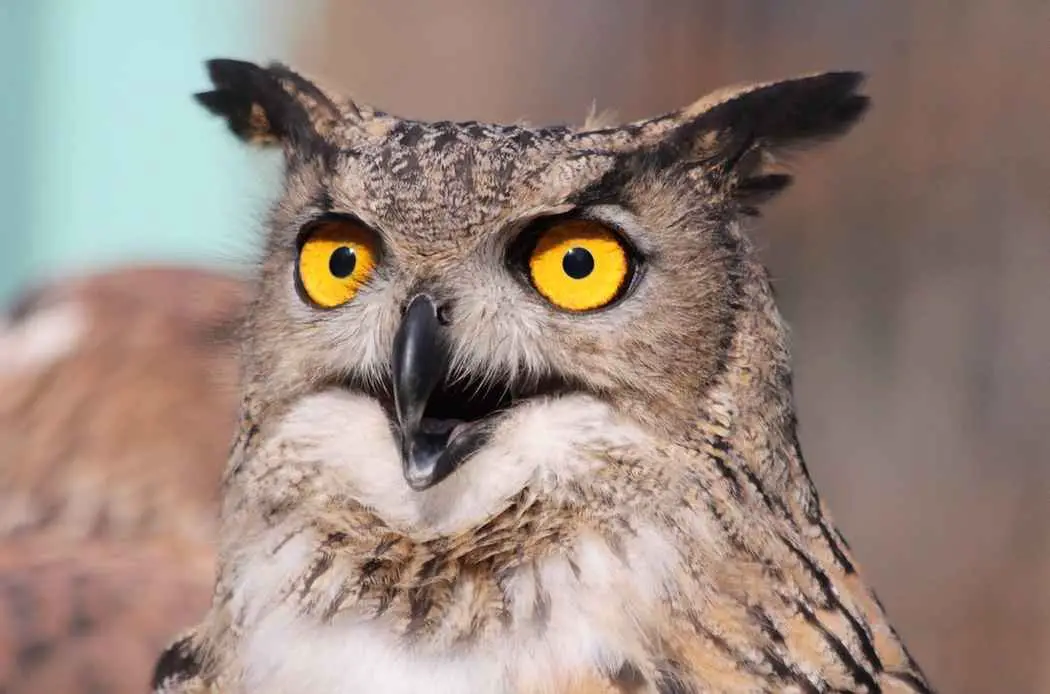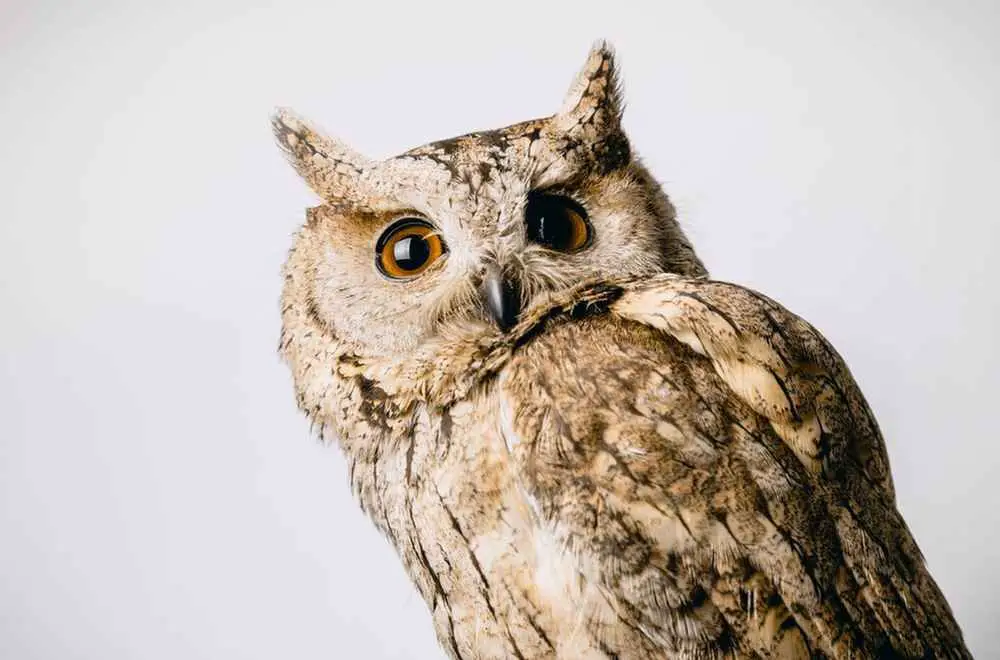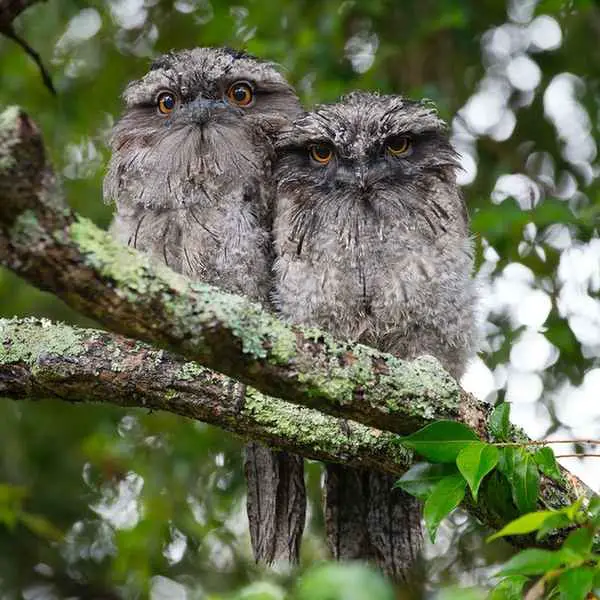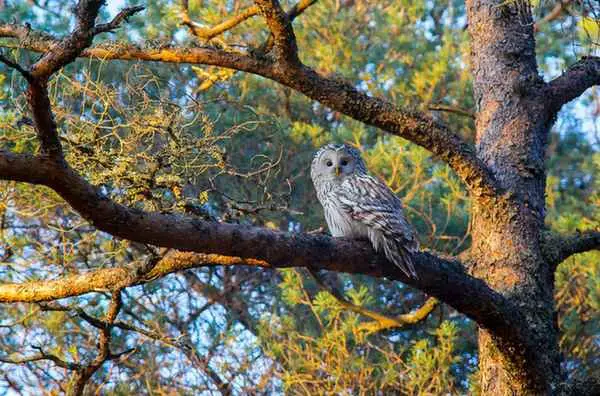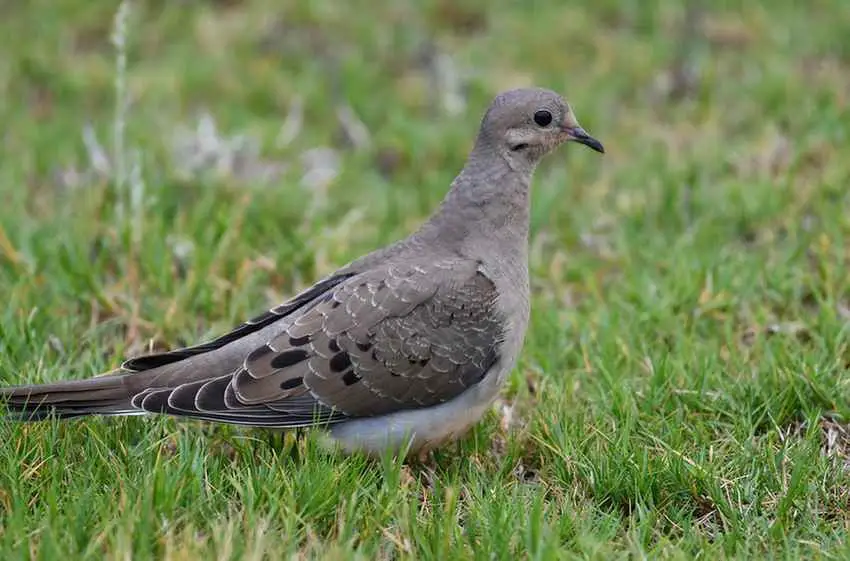What Does An Owl Sound Like?
Owls are known to produce a range of loud and nonstop sounds, such as coos, hoots, laments, barks, and whistles. People most often connect the birds with their hooting, which is low and raspy and serves as a territorial claim as well as an invitation to potential mates.
Their other sounds are often higher pitched and resemble singing or cooing more than anything else. There are a number of different reasons why owls produce sounds, and the amount of noise they create might change depending on the season.
There are times of the year when the calls of many species of owls are rarely heard, while at other times of the year they can be heard often. In most cases, the calm season occurs while the animal is not breeding.
These well-liked raptors are well-known for their stunning hoots, but their language is made up of a variety of noises, such as yelps, whistles, barks, and beak snaps, to name just a few.
Owls may communicate with one another through the use of noises, particularly during the busier times of the year. Warning cries might alert a potential mate to the presence of a potential threat in the area.
Owls use sound in a variety of ways, including to promote their nests and territories and to protect them. In addition, males may employ the cries they use to mark their territory in order to woo potential mates.
In addition, similar to the behaviour of many other species of birds, chicks make begging cries when their parents approach with prey.
In contrast to the widespread perception, what you hear might not be what you anticipate. Owls aren’t just “hooters.” They are referred to as “screechers,” “tooters,” and a great deal of other names.
In addition to this, the rhythm, accents, and duration of owl calls can vary quite a bit from one species to the next. Beak snapping and hissing are two more sounds that owls make in addition to the ones listed above.
Let’s get more familiar with the calls of the various species of owls
Barn Owls: The hooting that is typical of owls is not produced by Barn Owls. Their sound is a high-pitched screech that lasts for around two seconds. The male makes the sound the majority of the time, and he will often repeat his calls while flying. Rarely do females make vocalisations.
Great Horned Owl: Great Horned Owls announce their territory with a series of deep, mellow hoots: hoo-h’HOO-hoo-hoo. In response to stress or disturbance, Great Horned Owls snap their bills, especially when possible predators (such as people) approach their young.
Tawny Owl: The ‘hooting’ call of the Tawny Owl consists of a quavering first note called ‘twoo,’ followed by a pause, then a tremolo second note that falls in pitch. The male Tawny Owl is the one who typically makes these ‘hoot’ cries.
The female Tawny Owl frequently makes a piercing sound known as a “kee-wick.” Many people are familiar with the Tawny Owl because of its distinctive “twit twoo” call, which is made by both male and female members of the species simultaneously.
Because the Tawny Owl is a nocturnal species, its sounds are typically only heard during the nighttime hours. However, it is possible to hear them calling from their roosts during the day on rare occasions.
Barred Owl: “Who cooks for you? Who cooks for you? It is the sound of a stunning Barred Owl that is pleading with you to give it the recognition it so richly deserves. This species makes frequent use of this call, which is comprised of two rhythmic phrases, with the final syllable being stretched out for the largest amount of time.
The western half of Canada and sections of the Pacific Northwest are also home to barred owls, although their primary habitat is the eastern half of the United States.
Eastern Screech-Owl: Imagine a horse flying through the air on helium when you think of an Eastern Screech-Owl. The young raptor makes a whinny that gets progressively lower before finishing with a trill. (The calls of males are typically lower in pitch than those of females.)
The bird is a master of vibrato in general, and while speaking with its own kind, it employs a monotonous trill that is both calming and relaxing. The screech-owls that live in the western part of the country have a call that is more reminiscent of an errant bouncy ball.
Burrowing Owl: If you are lucky enough to call the area around the southern border of the United States or Mexico home, you get to spend the entire year mingling with the lovable Burrowing Owl.
Listen for a straightforward coo-coooo, coo-coooo, followed by a soft little wheeze at the end; this is the primary sound of the species. Sometimes the owls may use sound as a defensive mechanism, making noises that sound like rattlesnakes in order to keep potential predators away from their valuable burrows.
Short-eared Owl: The sounds of the male Short-eared Owl consist of a series of hoots, and this is especially true during the courtship process. On the other hand, a high-pitched call that sounds like bark and has a scratchy quality is extremely prevalent in both sexes.
In addition to this, their beaks shatter and they scream at each other. In addition, females may occasionally emit a sound that resembles a clucking chicken.
During the courtship process, adults will make a wing-clapping sound, with the male in particular doing so in an effort to impress the female. Clapping their wings is another method that Short-eared Owls employ to proclaim their territory.
Even if the sound you hear at night is not a hoot, it is possible that an owl is the source of the weird and foreign sound. don’t get deceived by doves. A few species of doves, such as the Eurasian Collard Dove and the Mourning Dove, also make sounds that sound similar to hoots.
